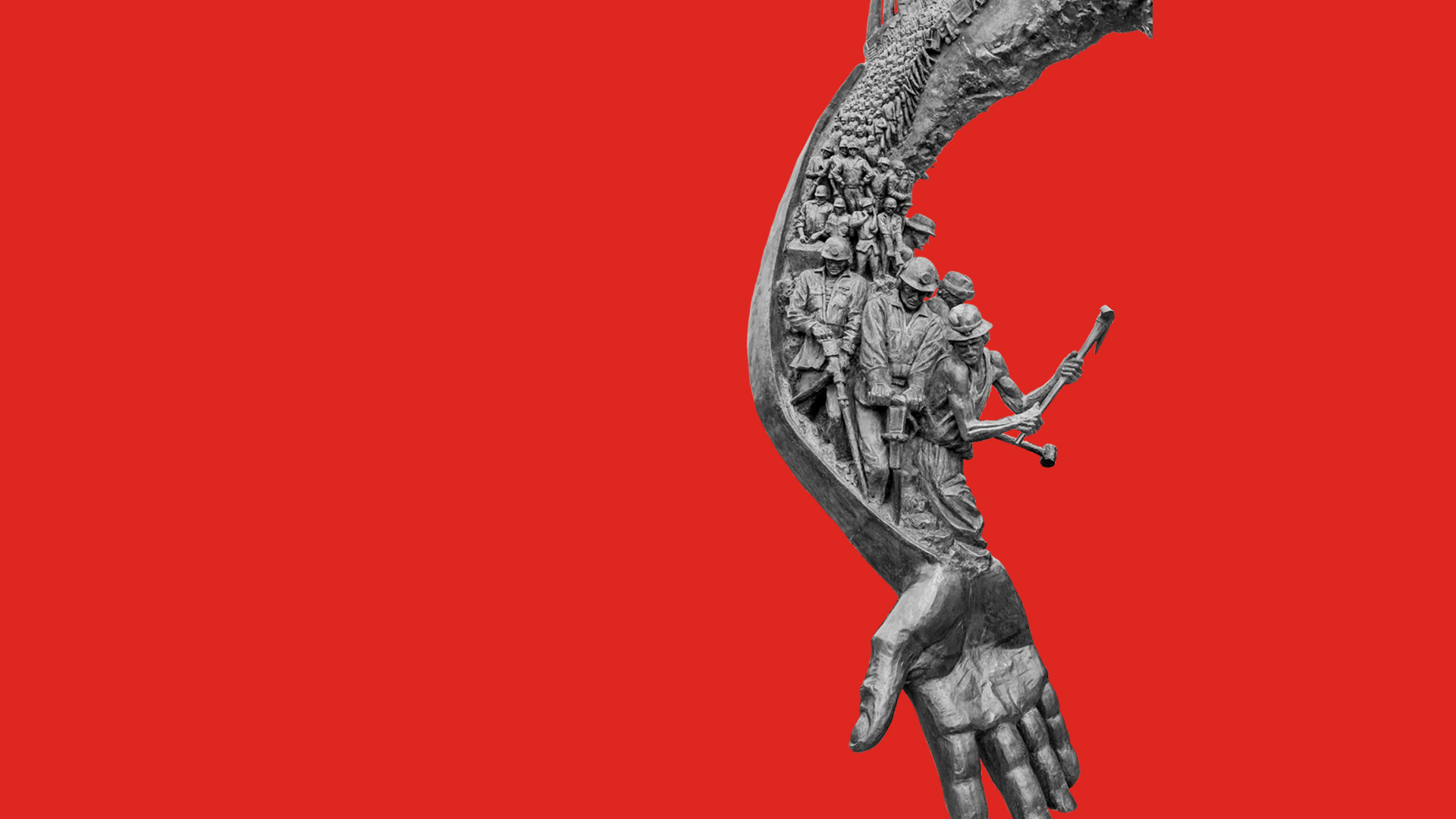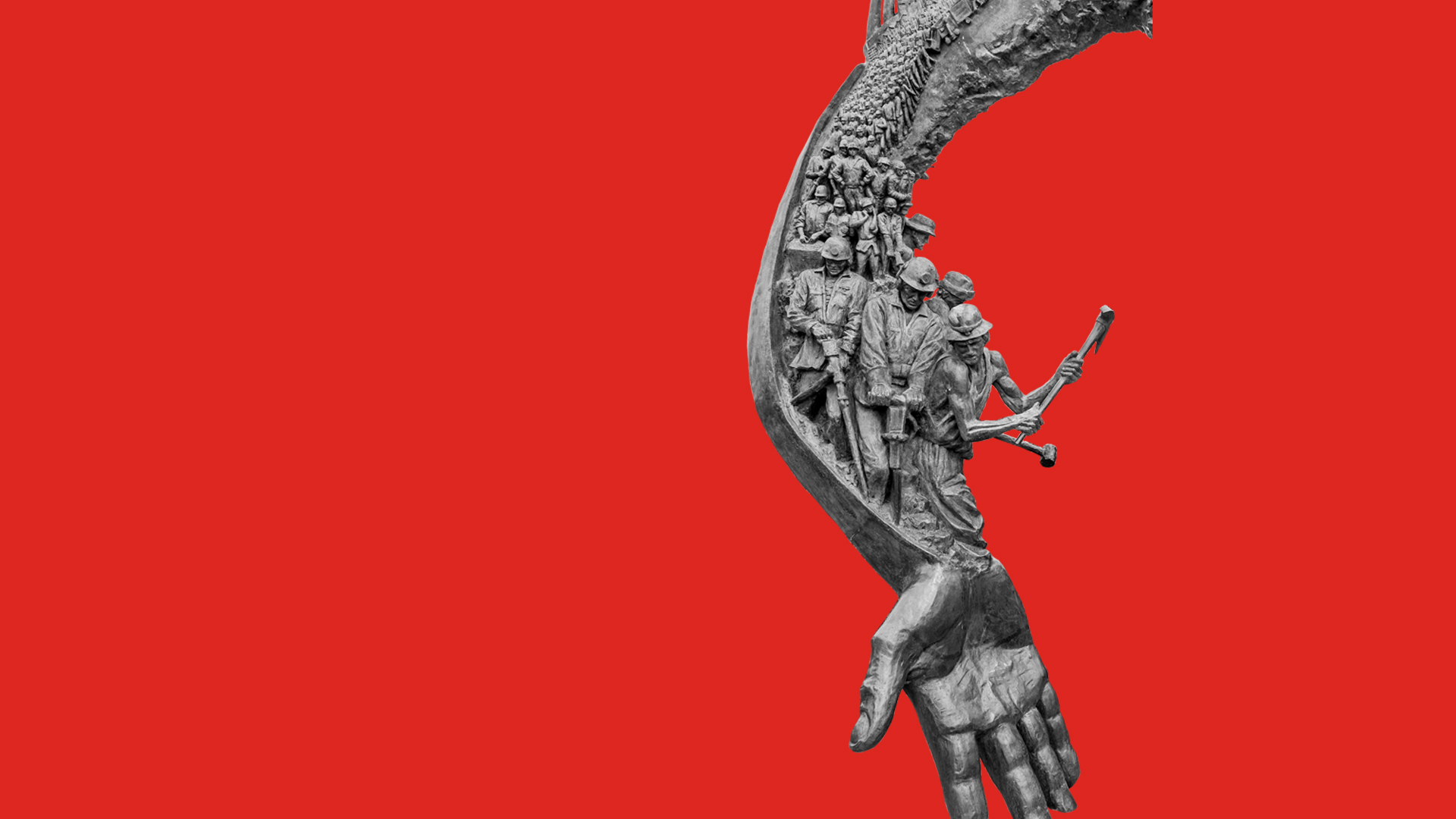
Proving corruption allegations in international arbitration
A return to the balance of probabilities standard?
Australien | Publikation | November 2020
Introduction
Corruption allegations have blossomed as an area of interest in international arbitration since at least 2006, when an ICSID tribunal in World Duty Free v Kenya found that a claimant’s conduct in procuring an investment contract through bribery was sufficient as a matter of law and international public policy to render any claim under that contract unsustainable. Since then, numerous other published awards show that states are increasingly relying on allegations of corruption to defend treaty and commercial claims. Despite this trend, no established approach currently exists for the standard of proof that applies to such allegations. However, recent awards such as in Vale v BSG Resources Limited show that while corruption is always a serious accusation, the standard of proof applicable in arbitration should be no higher than the standard required in other civil cases.
The prevailing approach
Institutional rules of arbitration do not contain clear definitions of corruption nor guidelines on how tribunals should examine evidence of corruption. In light of this uncertainty, investment and commercial tribunals have developed their own approaches to the standard required to prove corruption allegations. Published awards to date have predominantly concerned investor-state arbitrations, where states raise corruption allegations as a defense against investors’ claims.
Historically, investment arbitration tribunals view allegations of corruption as a serious matter requiring a high standard of proof akin to that which would be applied to criminal proceedings. Tribunals have also found that the severe consequences of finding that corruption exists, including that the underlying contract would be rendered voidable for illegality and the investor deprived of any treaty protections, justify this higher “clear and convincing evidence” standard (World Duty Free v Kenya; Fraport v Republic of the Philippines). Antonio Crivellaro’s survey of arbitral case law on corruption in 2003, for example, found that tribunals applied a ‘clear and convincing evidence’ (or similar) standard of proof in 14 out of 24 cases where corruption was raised.
Challenges with the ‘clear and convincing evidence’ standard
Where corruption allegations are raised by private parties against states, however, the challenges surrounding this higher standard are revealed. For example, in EDF v Romania, EDF alleged a Romanian government official demanded a USD 2.5 million bribe to renew EDF’s contract. While acknowledging that corruption is “notoriously difficult to prove, since typically, there is little or no physical evidence,” the tribunal insisted on the ‘clear and convincing evidence’ standard because of the seriousness of the accusations in the case given it involved officials at the highest level of Romania’s government.
Ironically, the involvement of high-level government officials in corruption is precisely one of the flaws of insisting on the ‘clear and convincing evidence’ standard. As noted in the UN Anti-Corruption Toolkit, “Senior officials actively engaged in corruption are often in a position to impede investigations and destroy or conceal evidence, and pervasive corruption weakens investigative and prosecutorial agencies to the point where gathering evidence and establishing its validity and probative value becomes problematic at best.”
Even in cases between two private parties, any party alleged to have received bribes is unlikely to admit to doing so when questioned as a witness before a tribunal, because he or she risks subsequent criminal prosecution should state authorities find out about the confession. Written evidence is often equally as scarce as parties seldom memorialise their agreements to give and receive bribes in written contracts admitting these purposes.
Since tribunals also lack the powers of courts or the police to seize documents, compel the attendance of a party’s witnesses, or force relevant third parties to participate in proceedings, any heightened standard of proof would render a plea of corruption unsustainable despite the existence of credible evidence in support.
A more pragmatic approach emerges
These and other challenges have prompted tribunals in a number of more recent cases to reject a higher standard of proof in favour of a more pragmatic approach. In a 2013 dispute over a molybdenum joint venture, the tribunal in Metal-Tech v Uzbekistan, after hearing argument on the applicable standard of proof, found the standard of proof was because the facts of the corrupt “lobbying” payments had emerged in oral evidence by the claimant’s own primary witness and the tribunal itself sought further evidence of the nature and purpose of such payments. The tribunal held that the factual matrix did not require the tribunal to resort to presumptions or rules of burden of proof. Instead, the tribunal would make its determination on the basis of the evidence before it whether corruption has been established with reasonable certainty. The tribunal also noted that “[i]n this context, …corruption is by essence difficult to establish and that it is thus generally admitted that it can be shown through circumstantial evidence.” The tribunal ultimately conducted an enquiry into the facts using a red-flag analysis of indicators of corruption. Similarly, in its 2019 decision on alleged corruption, the tribunal in Niko Resources v Bapex and Petrobangla refrained from deciding between the heightened standard of proof proposed by the claimant and the preponderance of evidence standard proposed by the respondent. Quoting from Aloysius Llamzon on Corruption in International Investment Arbitration, the tribunal noted that “Because corruption is a serious charge with serious consequences attached, the degree of confidence a tribunal should have in the evidence of that corruption must be high. However, this does not mean that the standard of proof itself should necessarily be higher.”The “Balance of Probabilities” standard as the starting point
The 2019 Vale v BSG Resources Limited award, on the other hand, explicitly affirmed the ‘balance of probabilities’ standard as the starting point in determining the standard of proof.
Once this base of departure was established, the tribunal drew adverse inferences from BSG Resources’ failure to respond substantively to evidence Vale had presented to demonstrate a prima facie case of the alleged corrupt acts. The tribunal then addressed the need to attach sufficient seriousness to corruption allegations by insisting on a “high evidentiary threshold” for the tribunal to find fraud against BSG. The high evidentiary threshold or high degree of confidence requires parties to produce strong evidence without requiring that the entire body of evidence points overwhelmingly towards the facts, as would be required should the ‘clear and convincing evidence’ standard have been applied.
Conclusion
Recent decisions signal a return to the traditional standard of ‘balance of probabilities’ – at least as a starting point – in determining corruption claims. The tribunals’ awards in Metal-Tech, Niko Resources and Vale demonstrate that, contrary to early consensus, the ‘clear and convincing evidence’ standard is no longer the default standard of proof for corruption allegations in international arbitration.

Featured
Subscribe and stay up to date with the latest legal news, information and events . . .


